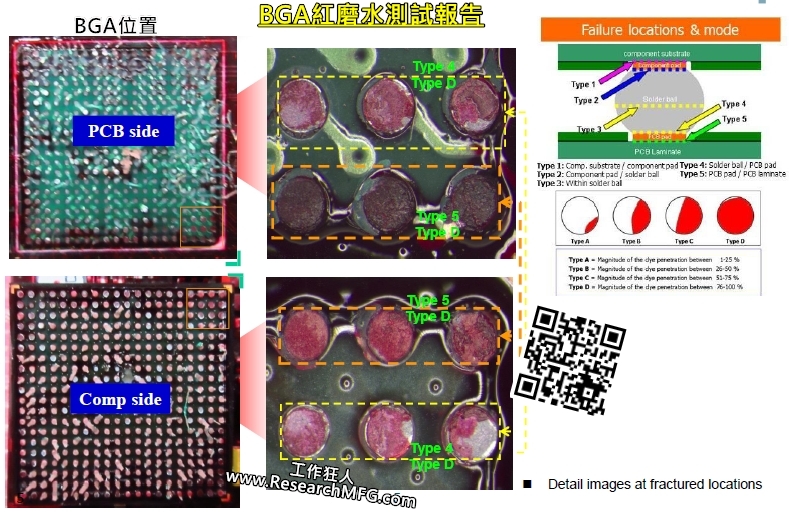
At Workbearing’s electronic manufacturing service (EMS) factory and warehouse, products often need to be reworked for various reasons, such as customer requests or converting products for inventory purposes. While removing labels is not the most crucial task in the rework process, there is a need for a better and efficient way to remove labels without causing damage to the product or packaging box.




